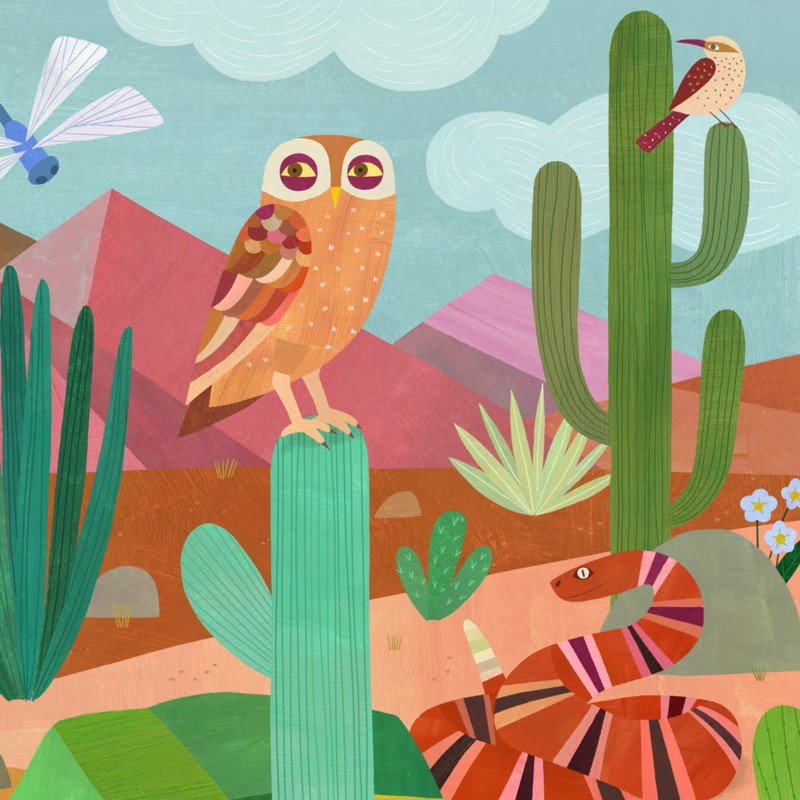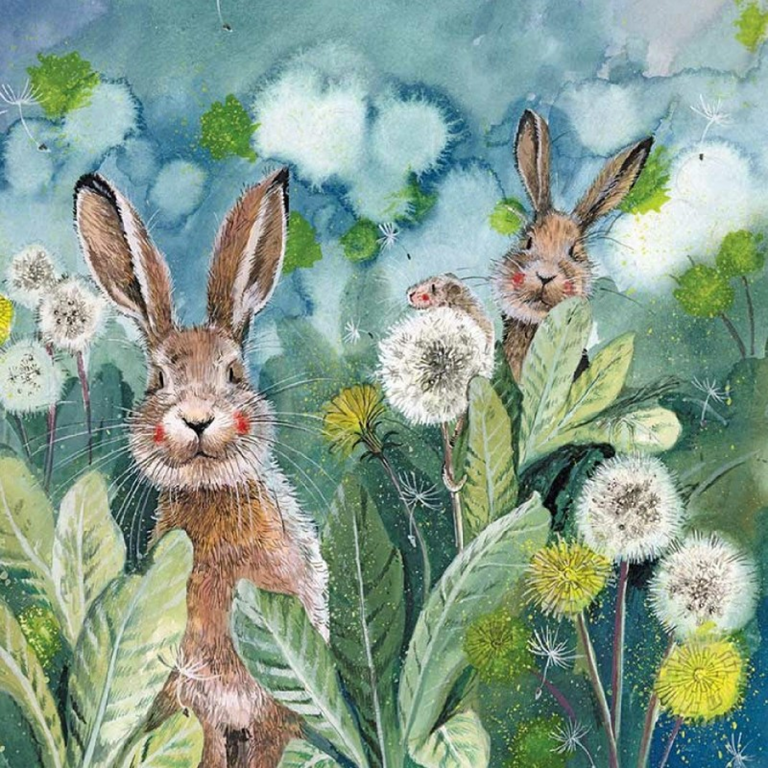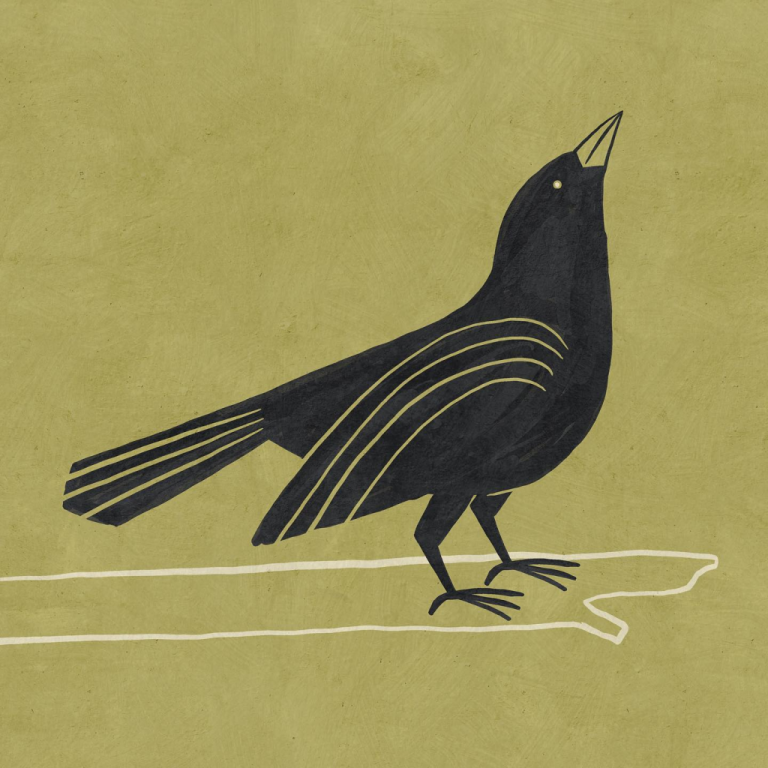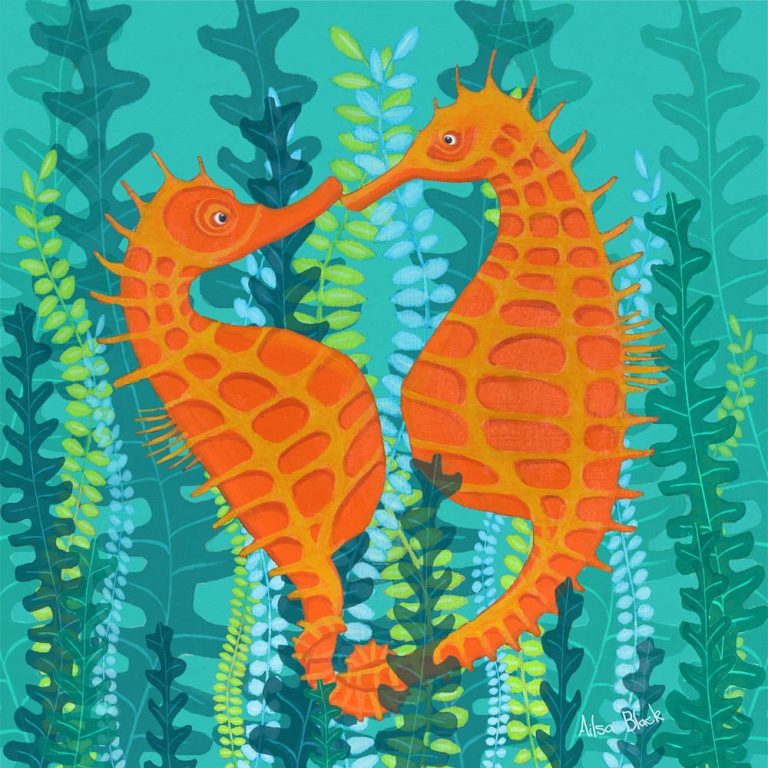
Arid deserts might seem harsh, empty, or even lifeless to some. In reality, they play a key role in our planet’s health, helping sustain rare habitats, native wildlife, and even the balance of our air.
From the stunning Joshua Tree landscapes to places like Dungeness in Kent, these spaces are full of surprises and natural wonders worth protecting. Here’s why deserts matter and what makes them so special.
Home to Unique Ecosystems
Deserts hold some of the most distinctive ecosystems on Earth. The Joshua Tree National Park, for example, is known for its striking trees and hardy plant life. Places like Dungeness in Kent show that these environments aren’t always just sand; they include stony stretches, salt flats, and even rare wetlands.
Each carries its own mix of soil, climate, and life that you won’t find elsewhere.
Safe Haven for Native Wildlife
Many animals live only in desert habitats. These include rare lizards, snakes, and insects that have adjusted to hot, dry days and chilly nights. Birds such as the greater roadrunner or desert lark thrive in these rough conditions. Without deserts, these species would vanish forever.
Remarkable Range of Reptiles
Reptiles do especially well in deserts. Species like the Mojave rattlesnake or bearded dragon rely on open, sun-baked ground. Some live below ground to escape the heat, while others change colour to blend into sand or stones. Protecting deserts keeps these animals safe and keeps variety in Earth’s wildlife.
Important Bird Habitats
Birdwatchers will know that deserts can be some of the best spots to see rare or unusual birds. The Dungeness reserve attracts birds not seen in much of England, while deserts in America support birds like hawks, owls, and thrashers. Some birds nest only in desert scrub or sand dunes and travel far for this.
Rich in Biodiversity
It’s easy to think of deserts as empty. In fact, they contain a huge range of plant, animal, and insect species. Even the soil teems with life, from hardy roots below ground to tiny microbes. Each living thing adds to the bigger web of life and helps keep the system balanced.
Act as Natural Carbon Sinks
Desert plants like cacti and shrubs store carbon from the air, helping fight climate change. Some large, dry areas act almost like sponges, soaking up carbon dioxide from the atmosphere. This hidden function makes deserts just as important as forests when it comes to limiting the rise in global temperatures.
Inspiration for Science and Medicine
Plants found in deserts often show unusual medicines or adaptions. Centuries-old knowledge, especially from indigenous people, has led to life-saving treatments. Scientific study of desert living things continues to turn up surprising uses, from drought-resistant crops to new painkillers.
How to Help The World’s Deserts
You can play a part in saving these places. Support wildlife groups focused on desert conservation. Spread the word about rare desert species. Avoid using off-road vehicles in fragile habitats. Get involved in local clean-up days or protect plants like Joshua trees and rare flowers. Even small actions spread hope for deserts and the wild things within them.
England’s Own Desert – in Kent!
You would not think it, but England also has a desert. It’s in Dungeness in Kent, on the southeast coast. It’s not officially declared as such, but is one (the Met Office won’t classify it, as it receives more rainfall than a desert does).
This triangular space of land was formed by different sediments and includes Romney Marsh, 7 lighthouses, a light railway, 30 houses (converted from old railway coaches) and concerningly, two nuclear power stations.
From the Old Norse word ‘nes’ for headline, it also houses one of England’s biggest expanses of shingle, with the RSPB trying to keep the area free from over-tourism, to protect resident birds. The area is also home to many rare bees, beetles, spiders and moths, and over 600 plant species.
A unique species found here is the Sussex emerald moth, who emerges at night, and is bright green, hence its name.
Practical Ways to Support Desert Conservation
We all can help slow desert decline and support stronger, healthier desert ecosystems. Here are some actions that individuals and communities can take to make a difference:
- Choose Sustainable Products: Support companies that respect desert environments, avoid products linked to desert damage, and back fair trade crafts from desert communities.
- Spread Awareness: Share knowledge about deserts and their struggles with friends, family, and online networks. Awareness often leads to better choices and stronger support for protective policies.
- Back Conservation Efforts: Donate to or volunteer with groups working on desert restoration, wildlife protection, or sustainable land management.
- Practice Water and Energy Conservation: Using less water and energy reduces overall environmental stress, including the pressures contributing to desert expansion.
- Advocate for Responsible Land Use: Encourage local leaders and planners to consider desert protection when approving development or mining projects.
- Support Indigenous and Local Communities: Engage with and learn from people living in desert regions. Their knowledge helps guide effective conservation and restores balance between use and care.
The Joshua Tree is Now Endangered

One of the most familiar desert trees is California’s Joshua Tree, which can take up to 75 years to flower! They are actually a species of yucca that lives in a protected park that supports up to 60 native mammals.
Due to concerns with climate change, it’s the first tree to be listed as an endangered species, just like for animals.






